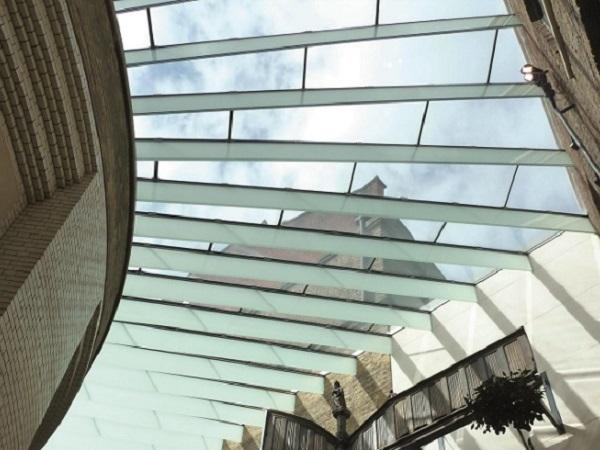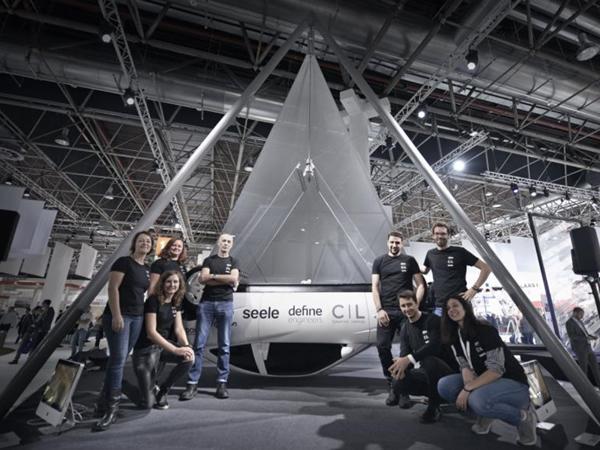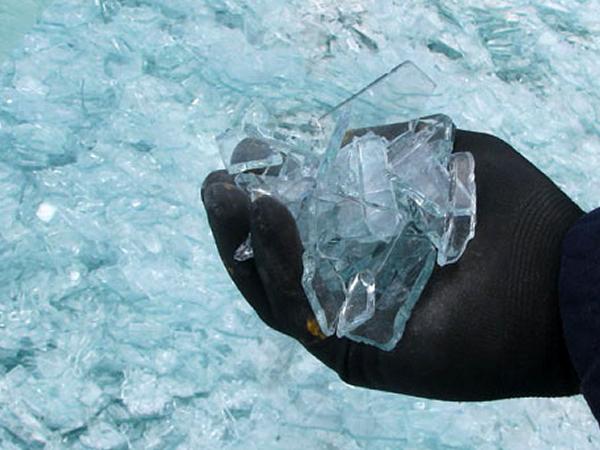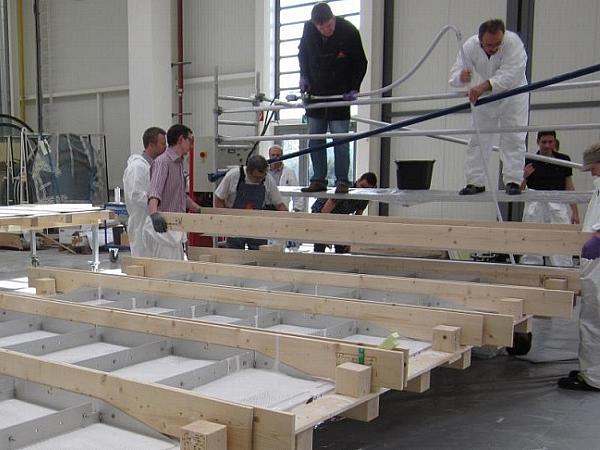Others also read
| The article examines a modular glass system about its architectural possibilities with a special focus on the connection methodology.
| Theoretical Study on a Highly Transparent Building Made with Long-Spanned TVT Portals Braced with Hybrid Glass-Steel Panels
| This paper explores the flexural strength of recycled cast glass—a property relevant to the engineering practice.
| For years and years research, development and discussions have been made on the safety of glass structures.
| Anisotropy is the term used in the façade industry to describe the manifestation of patterns and colourful areas in heat-treated glass under certain light and viewing conditions.
| Connecting glass with heat bonds is a way to create all-transparent glass structures. Two methods have been researched in theory and practice, glass welding, through local heating, and glass fusion through global heating.
| This research investigates the potential of glass as a new design tool to highlight and safeguard our historic structures.
| The Swiss society of engineers and architects (SIA) initiated a structural glass standard committee with the task to develop a Swiss glass design standard.
| The present work uses non-linear material laws for FEA and exhibits the behavior of the sealant joint in various load scenarios on several projects.
| In this work, a combined Voronoi and finite-discrete element method (FDEM) approach for reconstructing the post-fracture model of laminated glass (LG) was proposed.
| This study forms part of a wider research programme that aims to better address the end-of-life challenges and opportunities in façade design for re-use.
| Shells made of structural glass are beautiful objects from both the aesthetics and the engineering point of view.
| Thin glass offers a promising prospect for lightweight façades with reduced use of raw materials, also opening up entirely new perspectives for architectural expression.
| Sustainability and the circular economy are increasingly influencing work and production processes in glass manufacturing, too.
| What is your vision of the future? What role will glass play in your vision?
| For over four thousand years, the lustrous, hard, and inert characteristics of glass have made it one of the world’s most desirable and frequently used building materials.
| A comprehensive numerical investigation was carried out to understand the mechanical behavior of cold-bent insulating glass units during the bending process. The aim is to derive a basic understanding of the mechanical behavior of an IGU during the cold bending process.
| In this paper the mechanical and application properties of Sikaflex®-268, a high performance polyurethane adhesive are presented and compared to Sikasil® SG-500, a typical silicone adhesive used for structural glazing applications in facades.
| Silicone sealants have been applied for more than 40 years to structurally bond glass onto steel or aluminium frames. One of the reasons is the unique resistance to weathering in normal assembly situations.
| In the 1950s the flat glass industry had two separate products and sub-industries: plate glass and sheet glass. Float glass merged these two industries.
| In a flat glass laminating oven, glass-film sandwiches are located on rotating rollers and conveyed through a heating chamber in a continuous flow.
| Following a short overview outlining key design objectives, the fabrication process of an opaque composite glass panel is described in detail.
| When I first met Sophie Pennetier, I was struck by her expressed influences and her remarkable experiential pedigree. She cites Peter Rice’s brilliant book, An Engineer Imagines, as the inspiration for her engineering pursuits.
| Façade transparency is becoming an increasingly significant design factor for both client and architect, which has aesthetic and comfort implications.

























